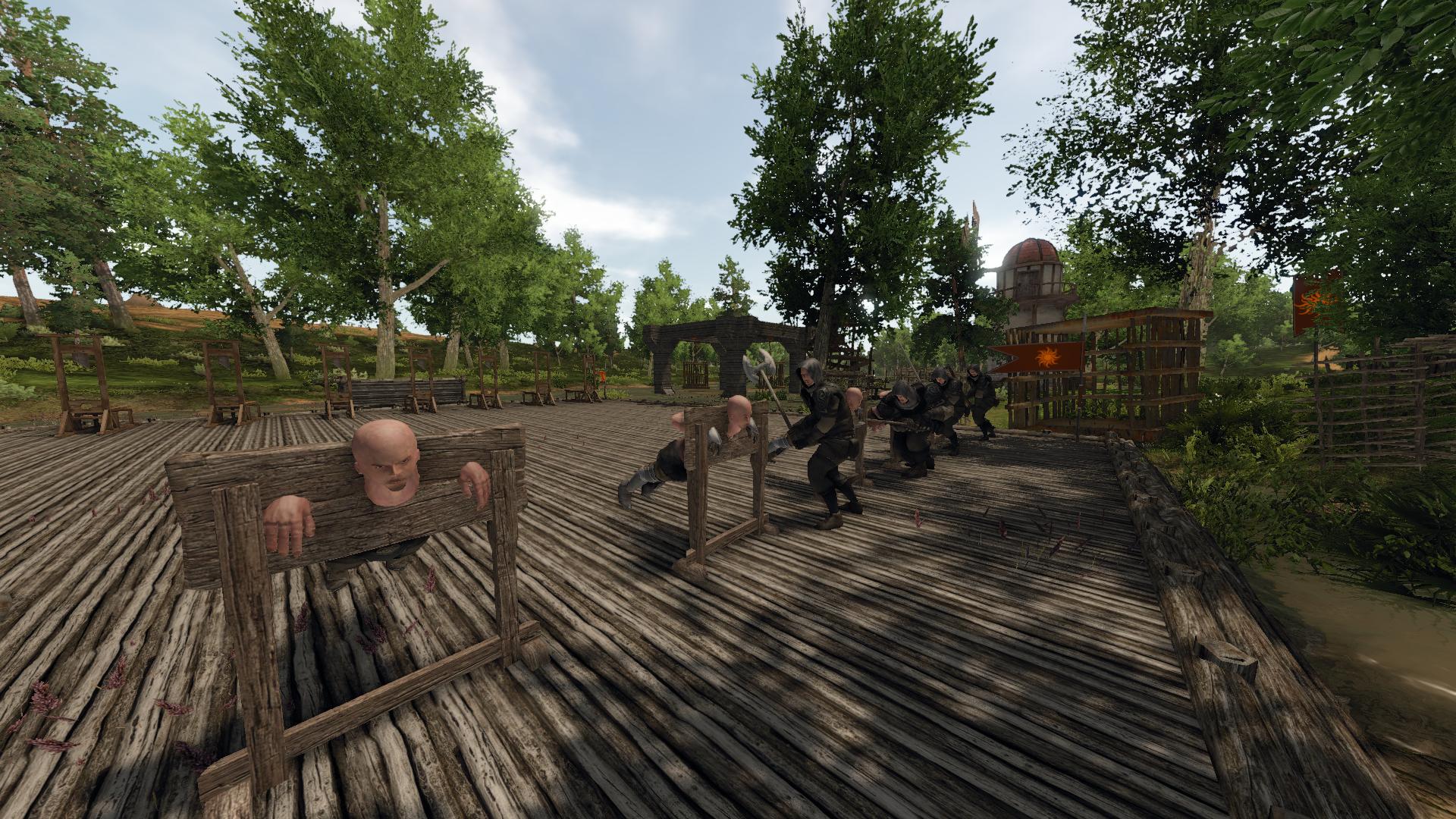

Running directly south was a dense area of houses, the Main City, with a more thinly developed southern extension, the South Suburb. The Central City was home to the main palaces, temples to the sun, and administrative buildings.

The city divides into a number of zones, to which modern names have been given. A continuing programme of cleaning and repair is gradually making more of the city accessible.

These have been reduced to ruins by wind, occasional rain, and human reuse of building materials, and are now largely sanded over. What was left behind were the walls of sun-dried mud brick (adobe) from which the houses and large parts of the palaces had been constructed. None of the stonework of temples or palaces survives, for this was removed after the end of the Amarna Period. The city is, for the most part, covered with sand or badly eroded. What is left is a discontinuous strip of ruined buildings on the desert running for a distance of 6 kms south from the northern headland and having a maximum width near the centre of 1 km. Originally it probably extended directly to the river bank, but in later ages a strip of cultivated land developed which all but destroyed the western edge of the city. The ancient city itself lay alongside the river, which seems to have followed a course very similar to its present one. Scattered across the intermediate zone of low desert are the Desert Altars, that lie between the North Suburb and the North Tombs, and the Workmen’s Village and Stone Village, which occupy locations on the flanks of a low plateau that juts out into the Amarna plain almost on its middle line.ģ. Many Ancient Quarries are preserved, mostly towards the northern end of the site.Ģ. The upper surface of the desert plateau was also utilised for the extraction of limestone needed for royal buildings and for columns and doorframes in private houses. These were intended for the royal family, and include the Royal Tomb. A third group of rock-cut tombs lies much further back, along one of the wadis. They are decorated with carved and painted scenes in the distinctive style of Akhenaten's reign. The other comprises two groups of rock tombs (the North Tombs and South Tombs ) that belonged to Akhenaten’s courtiers and high officials.
#Reign of kings map the island series#
One is a series of carved tablets and statues (the Boundary Stelae) by which Akhenaten marked out the limits of Akhetaten. The line of the cliffs is marked by two sets of rock monuments of the Amarna Period. The individual parts of the city occupy three zones:ġ. In the south-east the cliffs fall back to leave a broad flat valley about 3 kms wide that begins above a low and very irregular terrace edge that continues the line of the cliffs.
#Reign of kings map the island torrent#
Plateau and cliffs are cut by dried valleys and torrent beds (wadis) that lead further back into the desert. The broadest extent, between river and cliffs, is nearly 5 kms. From the north headland to the south headland, both of which approach close to the Nile, is a distance of 10 kms.

Introduction Amarna occupies a large bay of almost flat desert hemmed in for much of its perimeter by cliffs that rise by approximately 100 metres to a high desert plateau.


 0 kommentar(er)
0 kommentar(er)
